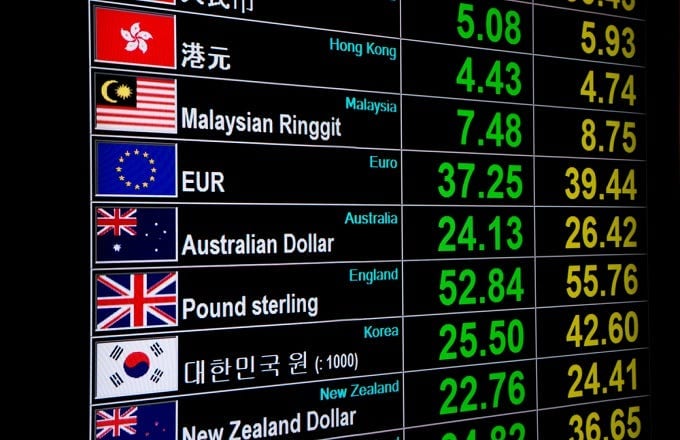Stock market investment is different from acquiring a business. Investors are interested more in the reasonableness of the stock market valuation of their shares.
Investors tend to assess the investment value of shares by looking at per share earnings, dividends, sales, cash flow and book value. They also look at company fundamentals such as growth record and prospects.
Stock Market Investment Values
Stock market valuations depend on investor sentiment, i.e. the overall beliefs of the investing public, which are in turn based on company and general news. Investors work with the given stock valuations and examine how worthwhile it is to invest in the shares. They do this by computing “per share” ratios, i.e. dividing the stock price in the market by the performance indicator value ‘per share’.
The PE Ratio
For computing the highly popular PE ratio, Earnings per Share or EPS is calculated first. EPS is computed by dividing the company’s earnings for the period by the average number of shares outstanding during the period. Stock analysts regularly estimate future EPS for listed companies and this estimate is one major factor that determines the share’s price.
Price/Earnings (PE) Ratio = Stock Price per Share / Earnings per Share (EPS)
By comparing a company’s PE ratio with the overall PE ratio in the market and in the particular industry, investors can assess whether it is too high or too low.
The Price to Sales Ratio
The earnings amount is subject to the company’s accounting policies, which can be changed from one year to another, and can also be deliberately manipulated by management. Hence, many investors prefer the Price/Sales ratio because the sales value is less prone to manipulation.
Price/Sales (PS) Ratio = Stock Price per Share / Net Sales per Share
Many researchers consider that PS ratio is the one tool that can help investors beat the market, i.e. earn higher returns than what the market earned overall.
The Dividend Yield
While the PE ratio works with company earnings, the actual returns the investor gets is reflected by the dividends received. The dividend yield ratio annualizes the latest quarterly dividend declared by the company and divides this annual amount by the share price.
Dividend Yield = Annualized Dividend per Share / Stock Price per Share
Investors who look at growth (increase in the value of their investment) prefer to look at the PE ratio while those who look for regular income prefer Dividend Yield ratio.
Other Investment Ratios
There are other ratios, such as the Price/Cash Flow ratio preferred by some investors over the PE ratio and the Price/Book Value ratio that compares the market price of the share with the net value of the share as computed from the balance sheet. All seek to evaluate the investment worth of a company’s shares.
Investment valuation ratios mainly work with stock market share price and compare it with earnings, sales, dividend and other performance indicators like operating cash flows. These ratios give prospective investors some idea of how worthwhile the investment is likely to turn out. Different investors with different goals and perspectives use different ratios.
